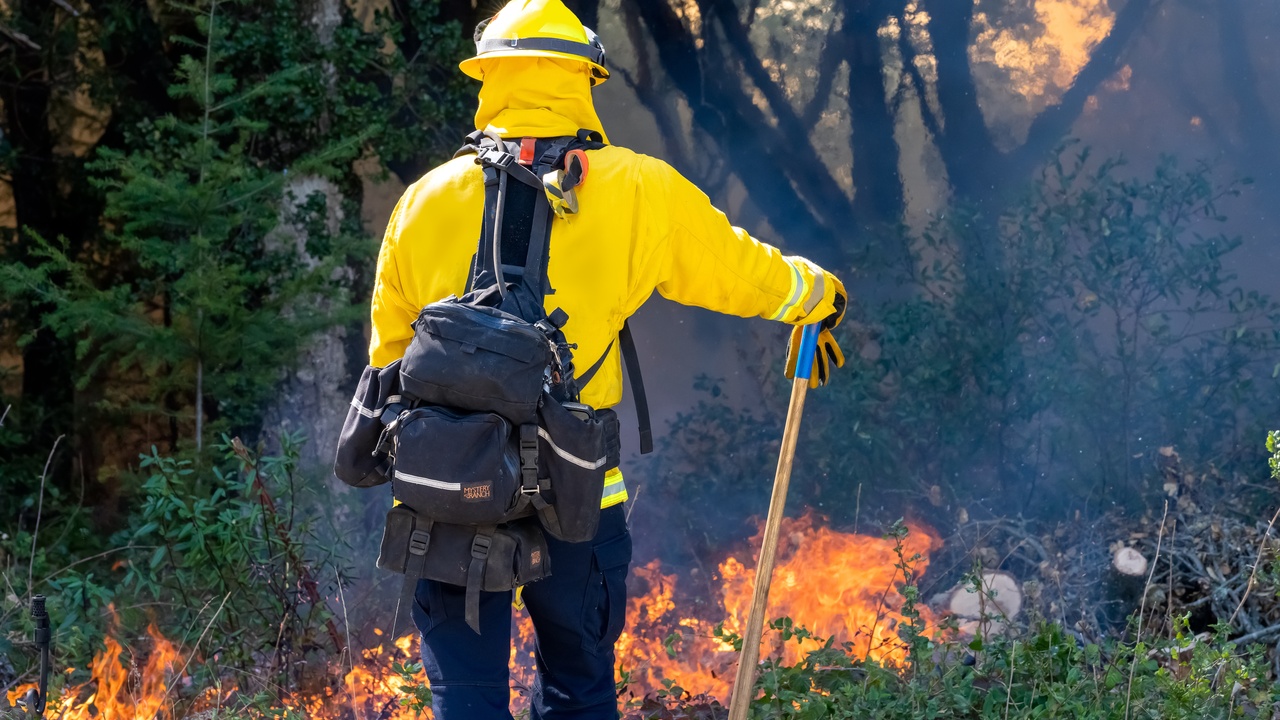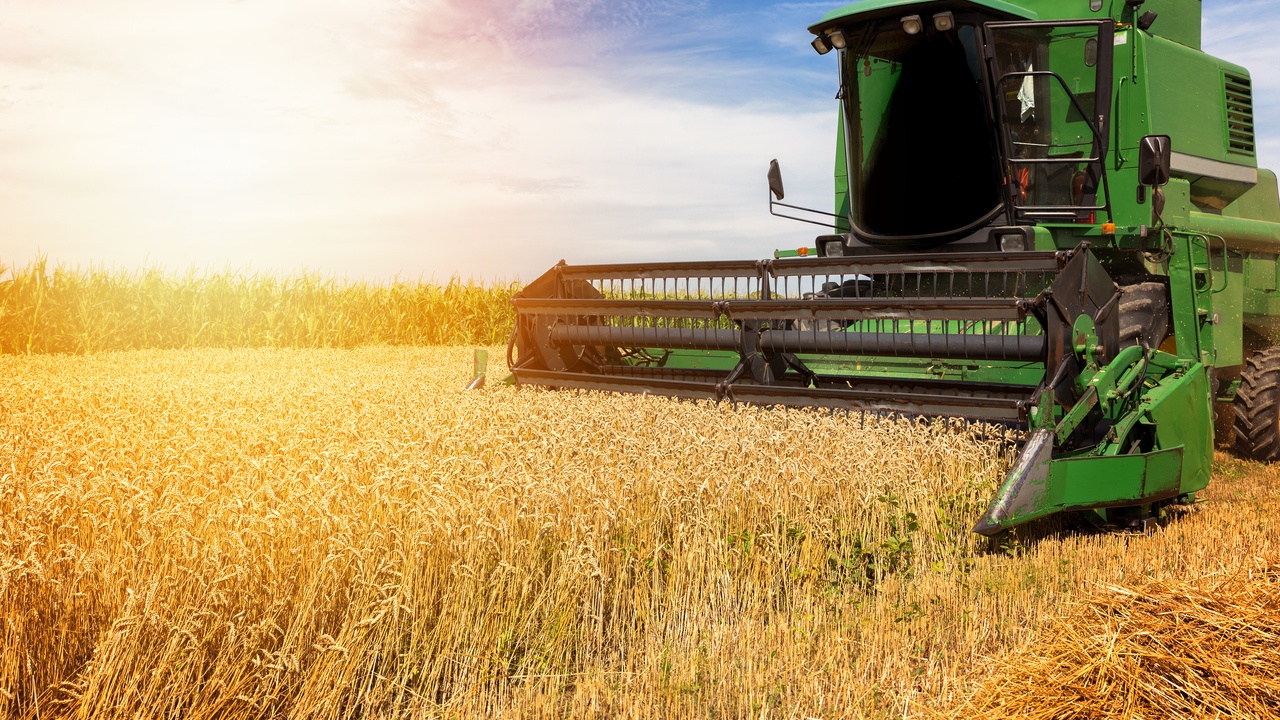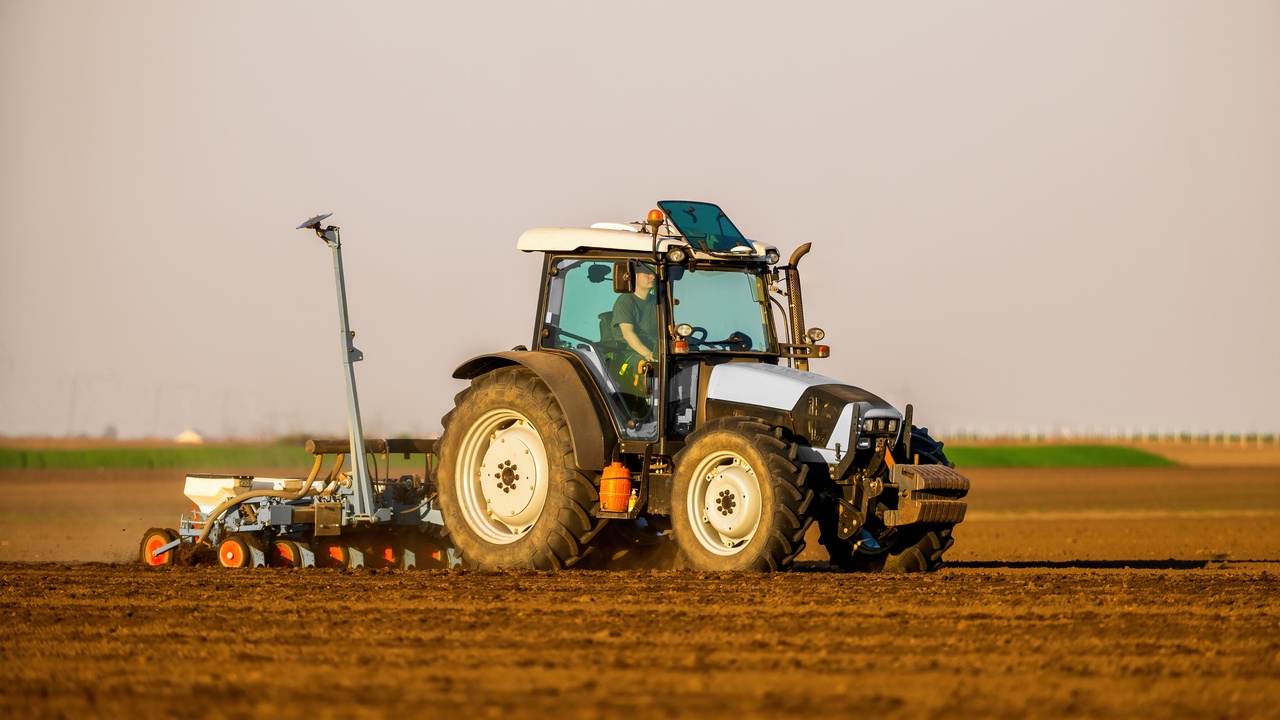Discover why mindset matters in wildland firefighting. Prepare mentally for chaos, pressure, and the demands of team-based fire suppression.
Category: Information
Common Mistakes To Avoid When Using Metal Bending Machines
Avoid common mistakes when using metal bending machines to ensure precision, safety, and optimal performance in your workshop or auto body repair shop.
Features That Make Combine Harvesters Safe and Reliable
Choose the perfect combine harvester with advanced features such as monitoring systems and LED lights to ensure efficient, safe, and stress-free harvesting.
Fortify Your Homestead: How Spray Foam Enhances Preparedness
Fortify your homestead by learning how spray foam strengthens insulation, boosts energy efficiency, and adds fire resistance for long-term preparedness.
Tips for Improving Tractor Attachment Performance
Boost your tractor attachment performance with expert tips! Learn about choosing the right tools, maintaining equipment, and maximizing efficiency.





